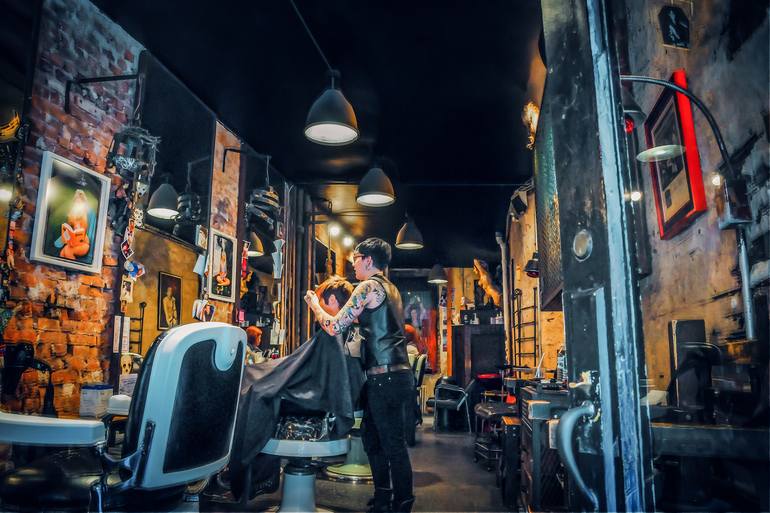Essential Sanitation Practices All Barber Must Avoid for Maximum Client Protection
Essential Sanitation Practices All Barber Must Avoid for Maximum Client Protection
Blog Article
Maintaining adequate hygiene remains essential in all profession which entails direct interaction among clients, especially within the barbering field. Barbers play an integral role in assisting clients appear and become their finest, however this responsibility comes alongside the necessity for rigorous hygiene practices. In the interest of the safety of customers and barbers alike, there are several critical hygiene measures that should be prevented. Understanding these measures can help ensure a sanitary and secure setting in barbershops.
One of the most frequent hygiene mistakes stylists should prevent is the recycling of individual grooming instruments without adequate cleaning. Tools such as scissors, clippers, and combs can hold bacteria and viruses if they are not sterilized after every use. Stylists should consistently disinfect their tools with appropriate solutions or cloths after clients. Neglecting to do so might result to the spread of infections, which can have serious implications for clients. Establishing a routine for sanitizing and sanitizing instruments is not just a recommended protocol; it is a necessary part of upholding a safe work environment.
Another practice to prevent is neglecting to wash hands regularly. Barbers engage with multiple clients in a single day, and their hands can easily pick up bacteria and viruses. It is crucial for stylists to wash their skin meticulously with detergent and liquid prior to and following each customer. Additionally, using skin sanitizer can be an effective method to additionally reduce the spread of pathogens. Skipping this step can endanger customer safety and may learn the facts here now lead in infections or illnesses that could have been easily avoided.
Adequate cleanliness of the barber shop setting is also critical. Stylists should avoid overlooking surfaces that are frequently handled, such as seats, work surfaces, and waiting area chairs. These surfaces should be cleaned and sanitized frequently to minimize the risk of cross-contamination. Establishing a disinfection routine can assist stylists copyright a sanitary environment. This practice not only safeguards customers but also improves the general atmosphere, making clients feel more comfortable and appreciated.
Additionally, stylists should avoid using products that have not been stored or handled properly. Cosmetic items such as gels, sprays, and serums can turn tainted if they are kept unsealed or incorrectly look here kept. It is important for barbers to check expiration dates and to store items in a chilly, dry place. Discarding any outdated or suspicious items is vital to guarantee customer safety. Using contaminated items can cause to dermal irritations or allergic reactions, which can tarnish a stylist's credibility and injure customers.
To conclude, barbers have a duty to maintain high levels of sanitation to guarantee the safety and well-being of their clients. By avoiding the reuse of unsanitized tools, overlooking hand hygiene, overlooking surrounding sanitation, and utilizing improperly stored products, stylists can create a secure and inviting environment. Recognizing and implementing these essential hygiene protocols not only safeguards clients from infections but also builds trust and faithfulness. A sanitary barber shop is a successful barber shop, in which both barbers and customers can experience confident and safe.